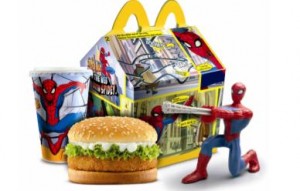After countless meetings, endless research and hours of video editing, it’s hard to believe that the end of the semester is already here! COMM 296 has opened my mind and shown me that there is so much more to marketing than just advertising, and it is crucial in any business to achieving success.
I found the Marketing Plan assignments the most valuable as they were relevant to the course material, and allowed my group to practice and apply key course concepts and theories to an existing company. All three assignments greatly emphasized the importance of teamwork. All five of us together were able to thrive as a team by taking advantage of each of our individual strengths.
Assignment 1 broadened my perspective because I had not realized all the factors that affect a company’s marketing environment (CDSTEP). With research not being my forte, this was a great opportunity to develop those skills. I enjoyed the slight breather when Assignment 2 came along as it was shorter, and also allowed our group to be more creative when choosing how to position our company and which segment to target.
I remember the moment in class when Tamar introduced the Marketing Analysis video project to the class, and thinking that the next three weeks of my life were going to be an absolute nightmare! Looking back, I would have much preferred an option to do a class presentation – something that would require the same amount of research and planning, without the added pressure of filming and editing a video. Being a person with very little knowledge regarding technology and absolutely no video editing experience, this assignment definitely presented a challenge – but one that I was prepared to tackle. It was not an easy process, however with the hard work of all of my team members I believe that we will be rewarded with great results.
COMM 296 has opened my eyes to the depth of marketing, teaching me that there is so much more beneath the surface or face of a product that I would not have taken notice to before.




